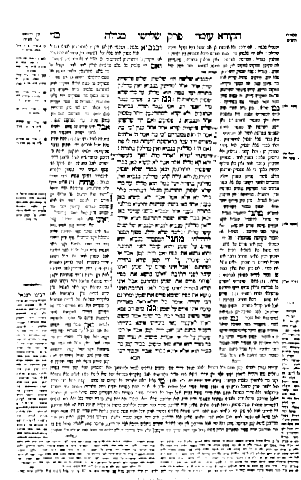Introduction
“Interest in film, pop and television stars and science fiction peaks between the ages of 12 and 13.”
Media Genres and Content Preferences by Carmelo Garitaon and Jose A. Oleaga, Patxi Juaristi (The London School of Economics and Political Science).
One of the most challenging aspects of criticism is Taste. How is it formed? What differences are there between Good Taste and Bad Taste? Can these differences be investigated with an objective concrete analysis, or is it a phenomenon based entirely on subjective experiences?
The creation of Taste occurs when we grow up, sifting through the various cultural products we’ve consumed and deciding which, if any, we can determine as good. I consider myself a science fiction and fantasy enthusiast. I also grew up in the Eighties. The days of Hair Metal, Reaganomics, the Soviet Threat, and Garbage Pail Kids. I want to keep these two things in mind for the scope of this essay. I want to examine what I like what I like and why. The challenge will come from the twin threats of Nostalgia and Fandom, since each can switch off the critical faculties. It’s easy to bask in the fuzzy light of the Idealized Past. It’s also easy to consider the science fiction and fantasy genre in degrees of awesomeness. On the other hand, this examination of film from the Eighties will be a loose free associative ramble. I also aim to keep the tone celebratory.
Did the science fiction and fantasy films of the Eighties possess something ineffable that contemporary films lack? Or is this the creeping specter of Nostalgia blurring the reality of the situation?
 Commentary on commentary on commentary ad infinitum … with footnotes.
Commentary on commentary on commentary ad infinitum … with footnotes.
What these essays are not:
- A detailed exegesis on the various “editions” of the films. The subject will come up, but it won’t be the focus of the essay.
- A defense that films from the past are somehow superior to films of the present. (“Things didn’t get bad until those kids drove their horseless carriages and listened to that damn jazz music.”)
- An exhaustive explication of plot, character, and setting. Because I’m looking at several films here, the backgrounding will be minimal. Furthermore, I’m disregarding all spoiler warnings, since the last film examined was released in 1989. (I also haven’t seen every different cut of every different film under examination.)
- While there are many films listed, this is not meant to be a comprehensive or definitive list. The list reflects my personal tastes and idiosyncrasies.
FILMS PROFILED
Cusp year: Apocalypse Now & Apocalypse Now Redux (Francis Ford Coppola, 1979; Redux, 2001)
Raiders of the Lost Ark (Steven Spielberg, 1981)
Time Bandits (Terry Gilliam, 1981)
Bladerunner (Ridley Scott, 1982; “Director’s Cut”, 1992)
The Dark Crystal (Jim Henson and Frank Oz, 1982)
Dune (David Lynch, 1984; “Extended Edition”, 2006)
Ghostbusters (Ivan Reitman, 1984)
Mad Max Beyond Thunderdome (George Miller and George Ogilvie, 1985)
Brazil (Terry Gilliam, 1985; “Fifth and final cut”, 1996)
The Adventures of Baron Munchausen (Terry Gilliam, 1988)
Willow (Ron Howard, 1988)
Cusp year: Batman (Tim Burton, 1989); Ghostbusters II (Ivan Reitman, 1989)
 While one of the greatest space fantasy films of the 80s, I’m not examining it. With Lucas’s constant meddling and CGI distractions, he has permanently ruined Irvin Kershner’s epic work. Disqualified.
While one of the greatest space fantasy films of the 80s, I’m not examining it. With Lucas’s constant meddling and CGI distractions, he has permanently ruined Irvin Kershner’s epic work. Disqualified.


